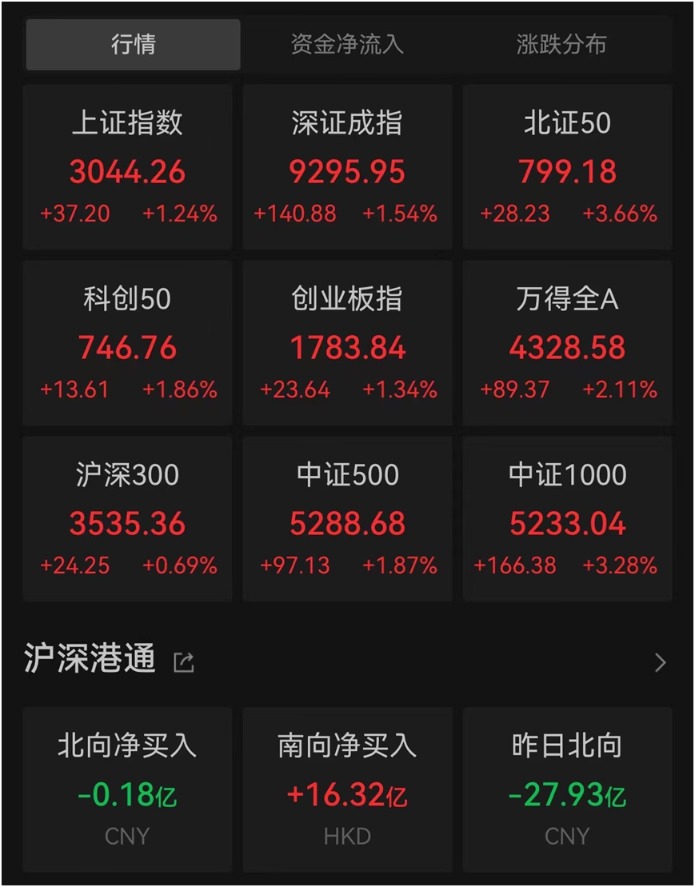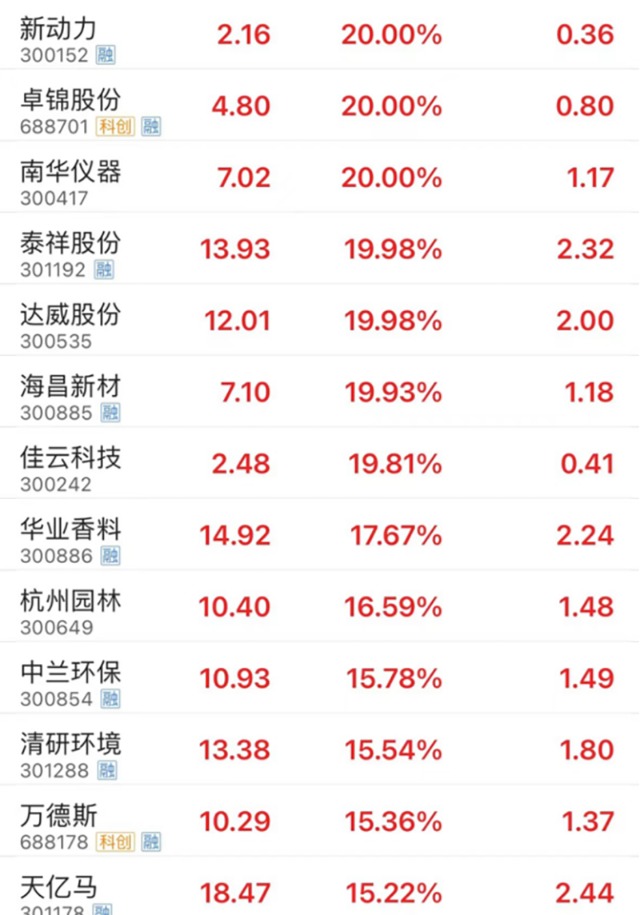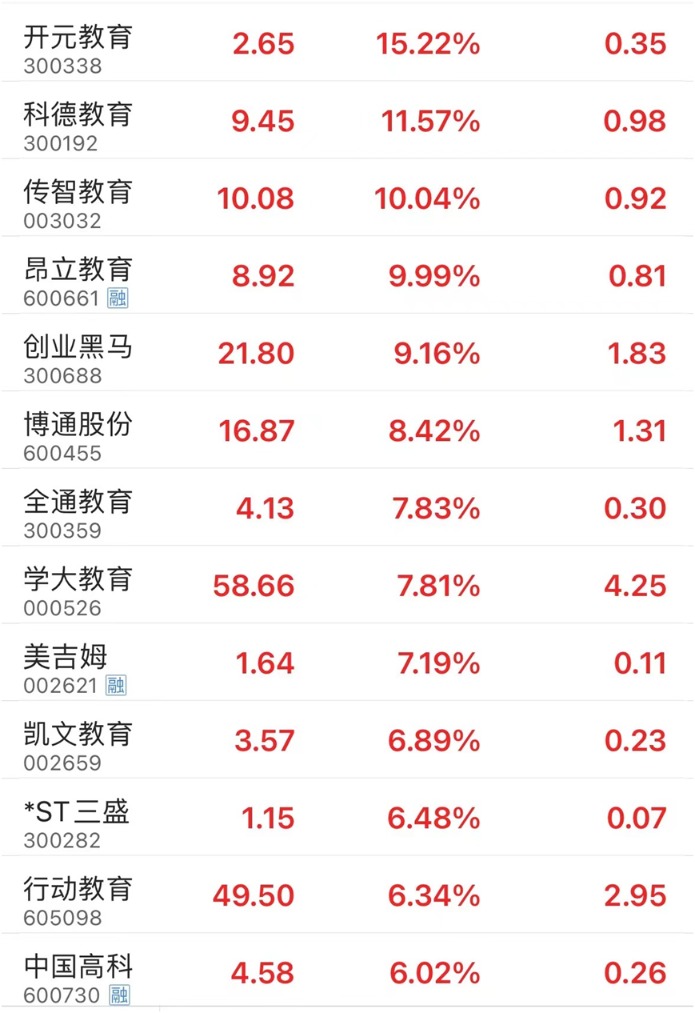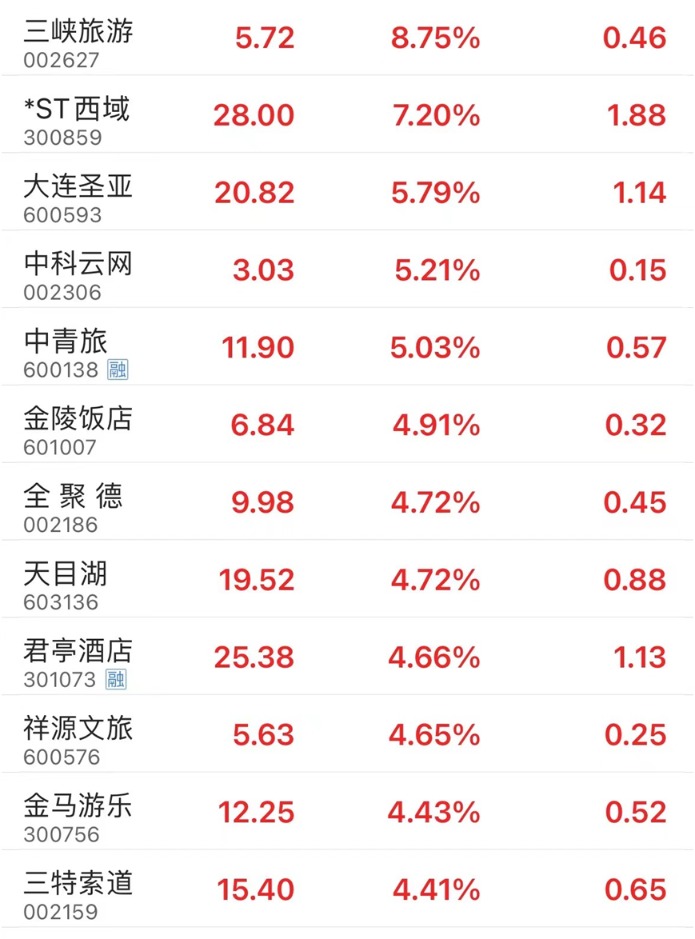Dalian soybean oil futures closed slightly higher and the external market rose to provide support.
On April 12, Dalian soybean oil futures opened higher, then fell back and closed slightly higher at the end. The main contract shrinks, reduces positions and closes the negative line.
On Monday, April 12th, the main soybean oil futures contract Y1009 of Dalian Commodity Exchange (DCE) opened at an opening price of 7,788 yuan/ton and closed at 7,752 yuan/ton, rising by 14 yuan, with the highest price of 7,794 yuan/ton and the lowest price of 7,732 yuan/ton, with a turnover of 383,382 lots and a position of 484,000.
CBOT soybean oil futures market closed higher on the 9th, and continued to rebound from the previous lows, driven by technical buying and soybean meal/soybean oil spread trading. Traders said that the soybean contract has held firm in recent months, providing support for soybean oil futures and helping them get rid of the impact of the decline in crude oil futures prices. May soybean oil futures contract closed up 0.12 cents or 0.30% to 40.04 cents/pound. It is estimated that speculative funds will buy 2,000 lots of soybean oil futures contracts.
According to the preliminary import data released by the General Administration of Customs of China in March, 560,000 tons of edible vegetable oil were imported in March, and 370,000 tons of edible vegetable oil were imported in February, an increase of 51.4% from the previous month. From January to March, 1.47 million tons of edible vegetable oil was imported, an increase of 1.1% compared with 1.46 million tons in the same period of 2009. In March, 4.01 million tons of soybeans were imported, while in February, 2.95 million tons of soybeans were imported, an increase of 35.9% from the previous month. From January to March, 11.04 million tons of soybeans were imported, an increase of 8.7% compared with 10.15 million tons in the same period of 2009. People familiar with the matter said that the Argentine government and the China government have been communicating, and the trade war between the two sides will not last long. The news of negotiations between China and Arab countries is a great negative for domestic soybean enterprises.
According to the April supply and demand report released by the US Department of Agriculture, the US soybean inventory at the end of 2009/10 was estimated to be 190 million bushels, and it was estimated to be 190 million bushels in March. The year-end inventory of soybeans in 2008/09 is estimated to be 138 million bushels, and the actual year-end inventory in 2007/08 is 205 million bushels. According to the USDA report, the end-of-year inventory of soybeans in the United States in 2009/10 was estimated at 190 million bushels, and it was estimated at 190 million bushels in March, compared with the market expectation of 209 million bushels. Galaxy futures analysts believe that the report is expected to benefit the soybean market.
Analysts pointed out that the USDA soybean inventory report was lower than market expectations, which brought favorable support to the CBOT bean market. From a technical point of view, the upward trend of domestic soybean oil market remains good at present, so soybean oil will continue to rebound.
Another analyst pointed out that the import of soybean and edible oil increased sharply in March, and the current domestic demand for oil is average. Therefore, soybean oil futures will face pressure.
Dalian palm oil futures closed higher and the external market was mixed.
On April 12, Dalian palm oil futures opened higher, and then oscillated to retreat some of the gains. At the end of the session, the main contract lightened the position and closed at the cross.
On Monday, April 12th, the main contract 1009 of palm oil futures of Dalian Commodity Exchange (DCE) opened at 7,030 yuan/ton, with the highest at 7,056 yuan/ton and the lowest at 7,000 yuan/ton, and closed at 7,024 yuan/ton, up by 30 yuan/ton, with a turnover of 214,918 lots and a position of 227,528.
On April 12, Malaysia’s BMD crude palm oil futures market opened higher at noon and closed mixed. The benchmark June crude palm oil contract fell by RM 48 to RM 2,546/ton. Traders in Kuala Lumpur said that the rally at the end of last Friday was caused by speculators, and now the fundamentals are not so much, so the market has been revised.
According to data released by ITS, a Malaysian shipping survey agency, it is estimated that the country’s palm oil export volume will be 291,033 tons from April 1 to 10, down 37% from the previous month. SGS said that the country’s palm oil export volume is expected to be 303,423 tons from April 1 to 10, a decrease of 30% from the previous month.
According to data from Malaysian Palm Oil Bureau (MPOB), the country’s palm oil production in March was 1.387 million tons, its export volume was 1.394 million tons, and its inventory at the end of March was 1.655 million tons. Abdullah, an MPOB official, said that Malaysia is expected to produce 17.8 million tons of palm oil in 10 years, export 16.02 million tons and price 26-3,000 US dollars/ton.
According to the preliminary import data released by the General Administration of Customs of China in March, 370,000 tons of edible vegetable oil were imported in March, up 51.4% from the previous month. The weekly report of the international prices of major agricultural products in the 14th week of 2010 by the Ministry of Agriculture showed that the international soybean prices were basically the same, while the prices of soybean oil and palm oil declined slightly. Deng Ruihong, general manager of COFCO Oil Department, said that China’s demand for palm oil may decrease slightly in 2010, but Indian palm oil imports will increase.
On April 9, NYMEX crude oil futures closed lower for the third consecutive trading day, because the market was increasingly worried that crude oil inventories would rise faster than demand. New york Mercantile Exchange may light sweet crude oil futures contract settlement price fell 47 cents to $84.92 a barrel. In the past three trading days, the price of crude oil futures has fallen by nearly $2 from a 17-month high near $87 per barrel, as the Zhou Du data released by the United States has raised concerns about rising inventories. The settlement price of Brent crude oil futures contract in May on the ICE Futures Exchange rose 2 cents to $84.83 a barrel. Brad Samples, an analyst at Summit Energy Services in Lexington, Kentucky, pointed out that the weak performance of oil prices on the 9 th in the case of rising stock prices means that investors are increasingly worried about the imbalance between supply and demand of crude oil. In recent days, boosted by signs of economic recovery, crude oil and stocks have been rising simultaneously. The trend of economic growth should push the stock market and crude oil higher together. He said that the decline in oil prices in the context of economic recovery was slightly surprising, which reflected the specific factor of the crude oil market, namely the risk of rising inventories.
NYMEX crude oil futures fluctuated and closed down on the 9th, BMD crude palm oil futures rose strongly at the end of the session, and the US dollar index fell sharply. Domestic oil futures prices opened higher and fluctuated on the 12th, and even palm oil showed a strong trend. Analysts pointed out that the surge in the external market boosted the domestic market trend, and ITS export valuation was in line with market expectations. Strong earthquakes in Indonesia’s main palm oil producing areas have limited impact on palm oil export, shipment and price. It is expected that the further rebound of palm oil still needs to be matched.
Another analyst said that the decline in international crude oil futures is not conducive to the rebound of BMD, and the Malaysian export market has declined. Cheap South American soybeans may bring new pressure to the domestic oil market. Under the background that the market is worried that the central bank will raise interest rates to control inflation, it is expected that the upward trend of palm oil will be under pressure.
Zhengzhou rapeseed oil futures high callback spot rose steadily.
On April 12, Zhengzhou rapeseed oil futures opened higher and went lower, and the surrounding markets bottomed out. At the end of the session, the main contract positions increased and closed at a small yinxian.
On Monday, April 12th, Zhengzhou Commodity Exchange (CZCE) opened the rapeseed oil futures contract 1009 with an opening price of 8,288 yuan/ton and a closing price of 8,254 yuan/ton, up by 12 yuan/ton, with a maximum of 8,244 yuan/ton and a minimum of 8,244 yuan/ton, with a turnover of 48,742 lots and a position of 95,242.
ICE rapeseed futures closed slightly higher on April 9, driven by the rise of US soybean futures. Among them, the May contract closed up by 1 Canadian dollar to 381.10 Canadian dollars/ton. According to industry insiders, affected by the weakening of the US dollar, crushers bought rapeseed futures.
According to the preliminary import data released by the General Administration of Customs of China in March, 370,000 tons of edible vegetable oil were imported in March, up 51.4% from the previous month.
The relevant person in charge of the Ministry of Agriculture said that snowfall hinders spring sowing in Northeast China, and rainfall is not conducive to flowering and pollination of rape and rice seedling raising in the south. It is urgent for relevant departments to implement scientific defense measures in time.
On April 9, NYMEX crude oil futures closed lower for the third consecutive trading day, because the market was increasingly worried that crude oil inventories would rise faster than demand. New york Mercantile Exchange may light sweet crude oil futures contract settlement price fell 47 cents to $84.92 a barrel. In the past three trading days, the price of crude oil futures has fallen by nearly $2 from a 17-month high near $87 per barrel, as the Zhou Du data released by the United States has raised concerns about rising inventories. The settlement price of Brent crude oil futures contract in May on the ICE Futures Exchange rose 2 cents to $84.83 a barrel. Brad Samples, an analyst at Summit Energy Services in Lexington, Kentucky, pointed out that the weak performance of oil prices on the 9 th in the case of rising stock prices means that investors are increasingly worried about the imbalance between supply and demand of crude oil. In recent days, boosted by signs of economic recovery, crude oil and stocks have been rising simultaneously. The trend of economic growth should push the stock market and crude oil higher together. He said that the decline in oil prices in the context of economic recovery was slightly surprising, which reflected the specific factor of the crude oil market, namely the risk of rising inventories.
NYMEX crude oil futures closed down on the 9th, ICE rapeseed futures closed slightly higher, and the US dollar index fell sharply. Domestic oil futures prices opened higher and fluctuated on the 12th, and even palm oil showed a strong trend. Domestic oil stocks are abundant, and cheap South American soybeans may continue to hit the domestic oil market. The market is worried that the panic of the central bank raising interest rates to control inflation has not dissipated. It is expected that Zheng Cai oil will mainly fluctuate in the near future.
?








 Extended range
Extended range

 Royal Theatre Edition
Royal Theatre Edition
































